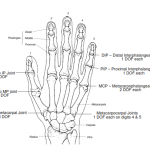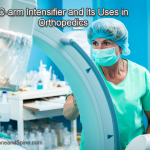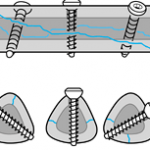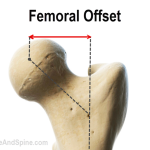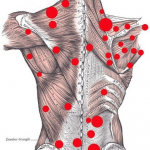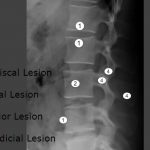A degree of freedom is a plane of movement. The concept of degrees of freedom is central to kinematics. Consider a ship moving. It is moving in three dimensions. First, up and down in a vertical plane Second, left and right in a horizontal plane; Third backward and forward, also in a horizontal plane. Each […]
General Ortho
Digital Xray Radiogrammetry for Bone Mineral Density
Radiogrammetry is a technique that uses a conventional radiograph for the assessment of bone status by using cortical width as a measure of bone strength. Osteoporosis is defined as a systemic skeletal disease characterized by low bone mass and micro-architectural deterioration of bone tissue, with a consequent increase in bone fragility and susceptibility to fractures. […]
Oswestry Disability Index
The Oswestry Disability Index has emerged as the most commonly recommended condition-specific outcome measure for spinal disorders. The development of the Oswestry Disability Index was initiated by John O’Brien in 1976 The index is based on a patient-completed questionnaire which gives a subjective percentage score of the level of function (disability) in activities of daily […]
Hendrich Fall Risk Score
Currently used scoring system is modified Hendrich Fall Risk Score and is termed as Hendrich II Fall Risk Model. It takes into account following parameters and assigns a score to each parameter. The final score is calculated by addition of all individual scores. Here is a brief outline Confusion, disorientation,impulsivity 4 Symptomatic Depression 2 Altered […]
C-Arm Image Intensifier in Orthopedics
C-arm image intensifier or x-ray image intensifier is an imaging component that converts X-rays into a visible image and is a commonly used gadget in orthopedic surgeries. It is also used in many other procedures like gastroendoscopy, vascular surgery, neurosurgery, etc. C-arm machines are fluoroscopy machines and are commonly called as image intensifiers. Fluoroscopy is […]
Interfragmentary Screw or Lag Screw Fixation
An interfragmentary screw or lag screw is the screw that is used to compress fracture fragments. The screw is placed perpendicular to the fracture after it has been reduced and drilled in a way that while it engages the distal cortex, it just slides through the hole in the near cortex. As the screw is […]
What Is Femoral Offset and Its Significance?
Femoral offset is the distance from the center of rotation of the femoral head to a line dissecting the long axis of the femur. In the case of total replacement of the hip, the offset is considered as the distance from the center of rotation of the femoral head to a line bisecting the long […]
Kirschner Wire or K-Wire and Its Uses
Kirschner wire or K wire was invented by Martin Kirschner in 1909. They have a great role in the management of orthopedic trauma and the correction of deformities. Kirschner wire is also known as K pin. Kirschner wires are pointed stainless steel wires that can be used in multiple roles during internal fixation. These can […]
Trigger Point Causes, Types and Treatment
Also called a myofascial trigger point, the trigger point is a hyperirritable spot in skeletal muscle. These are associated with palpable nodules in taut bands of muscle fibers. It is believed that palpable nodules are tiny contraction knots and a common cause of pain. Myofascial pain syndrome is a common painful muscle disorder characterized by […]
Tuberculosis of Spine Presentation and Treatment
Tuberculosis of spine or TB spine or spinal TB was first described by Percivall Pott, after whom it is also referred to as Pott’s disease or Pott’s spine. Tuberculosis of spine is the commonest form of skeletal tuberculosis. It constitutes about 50 percent of all cases of bone and joint TB. There are few other […]
